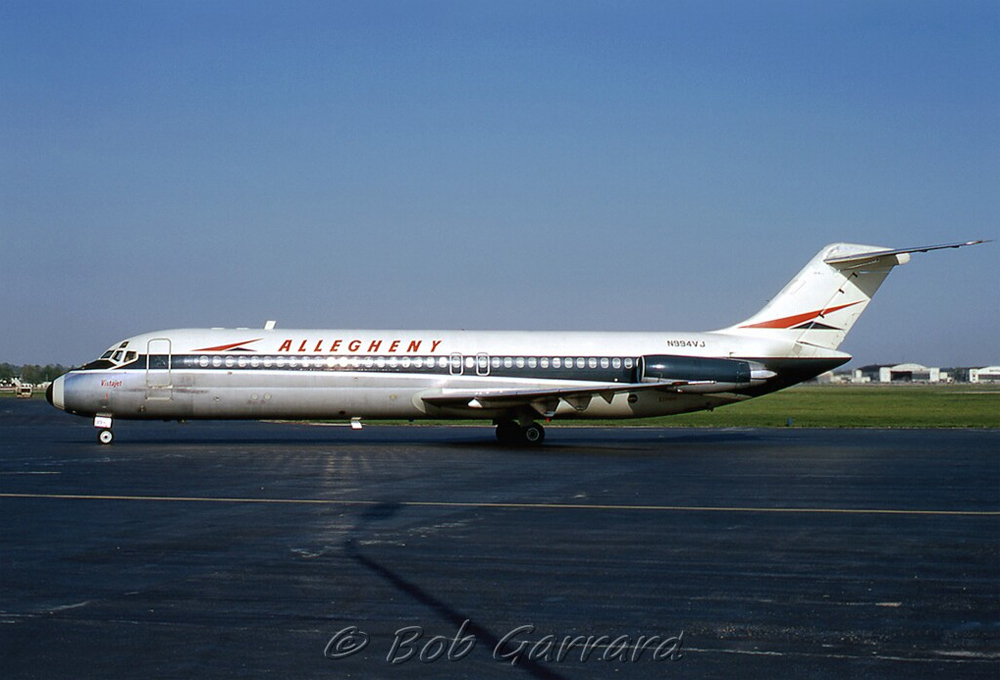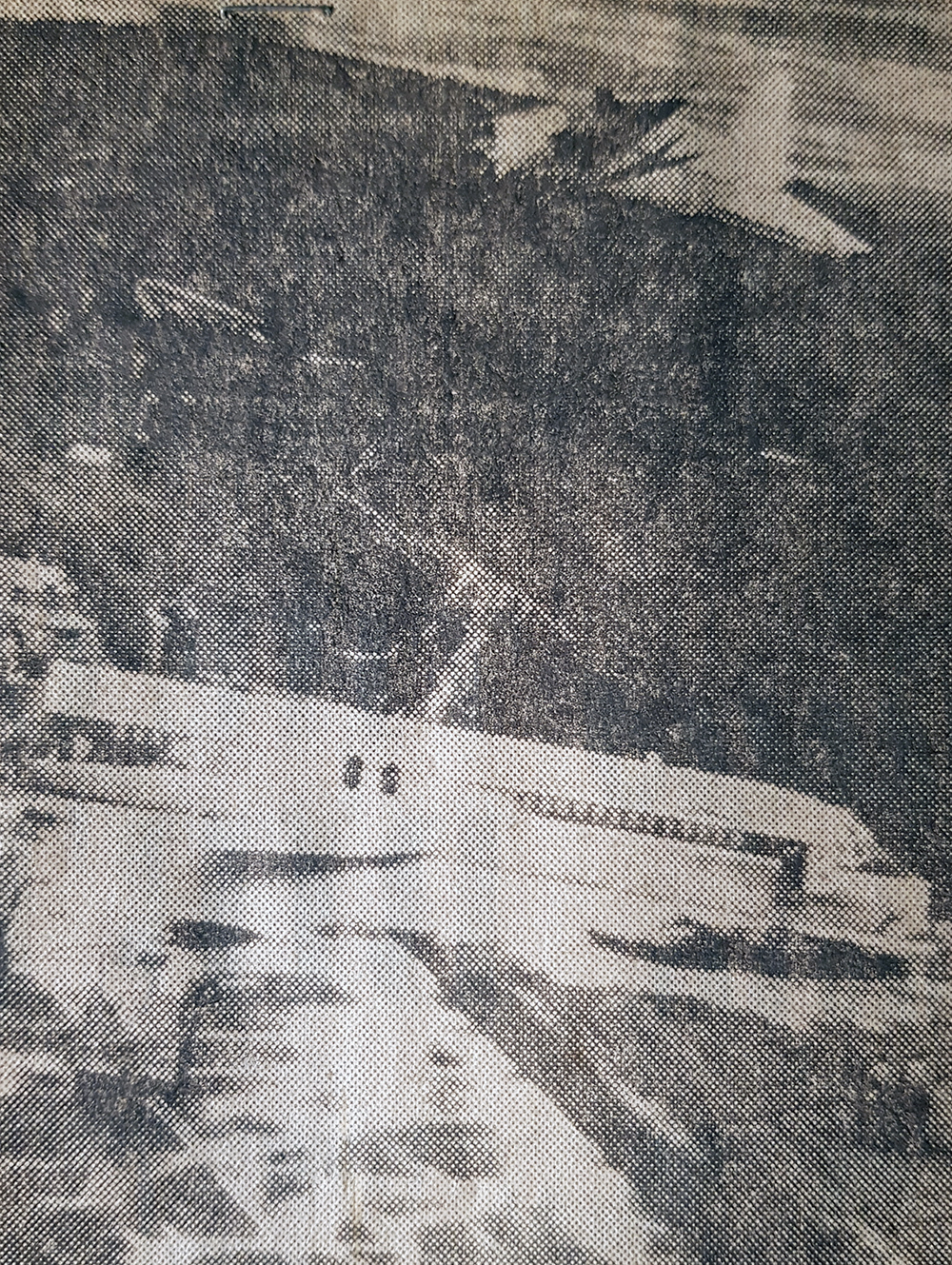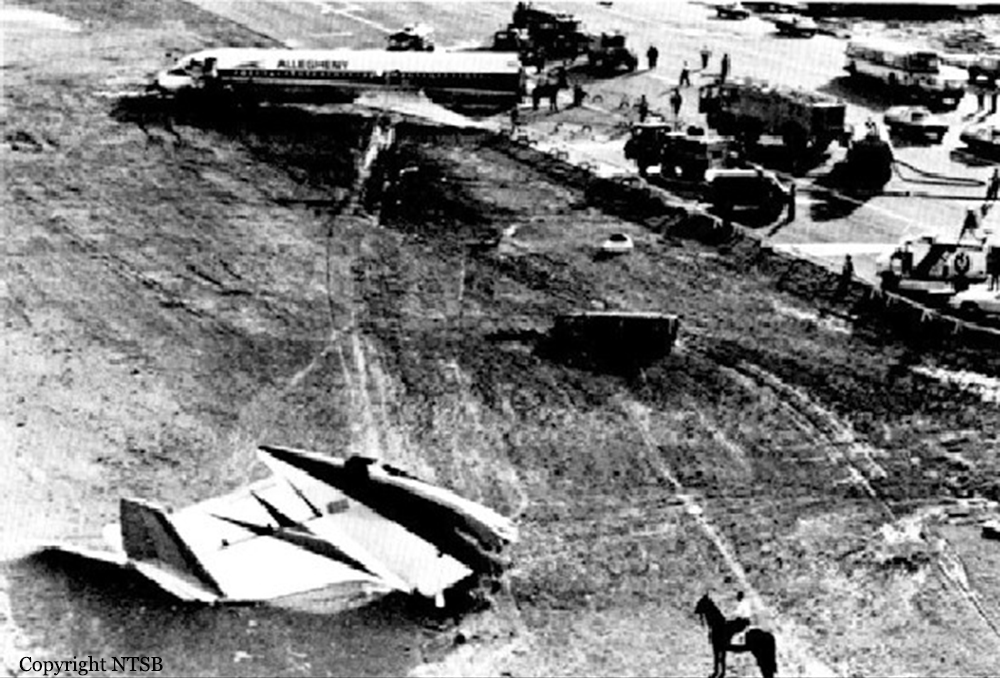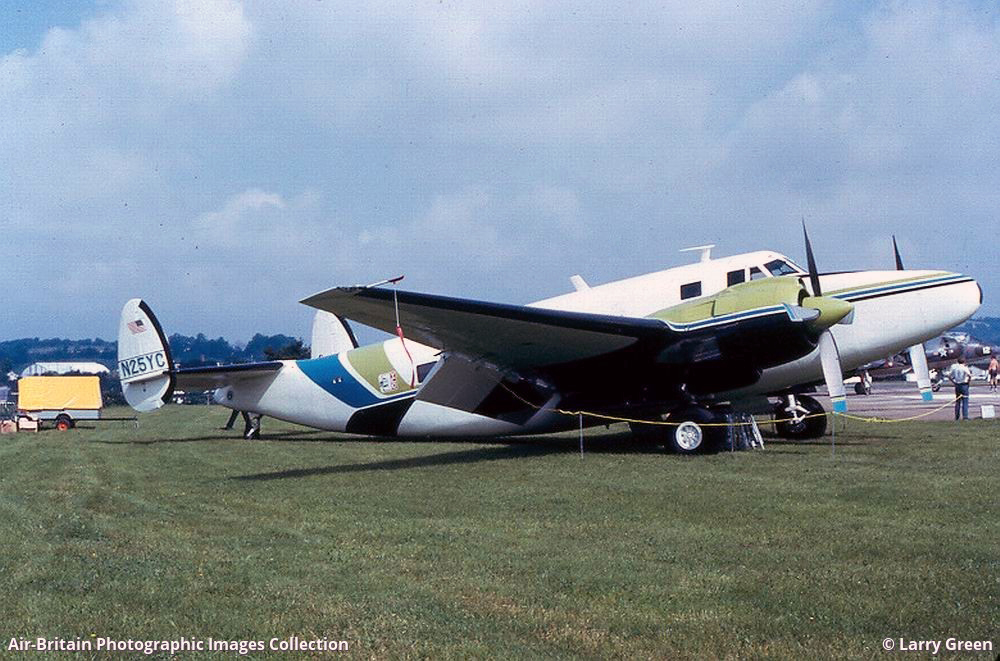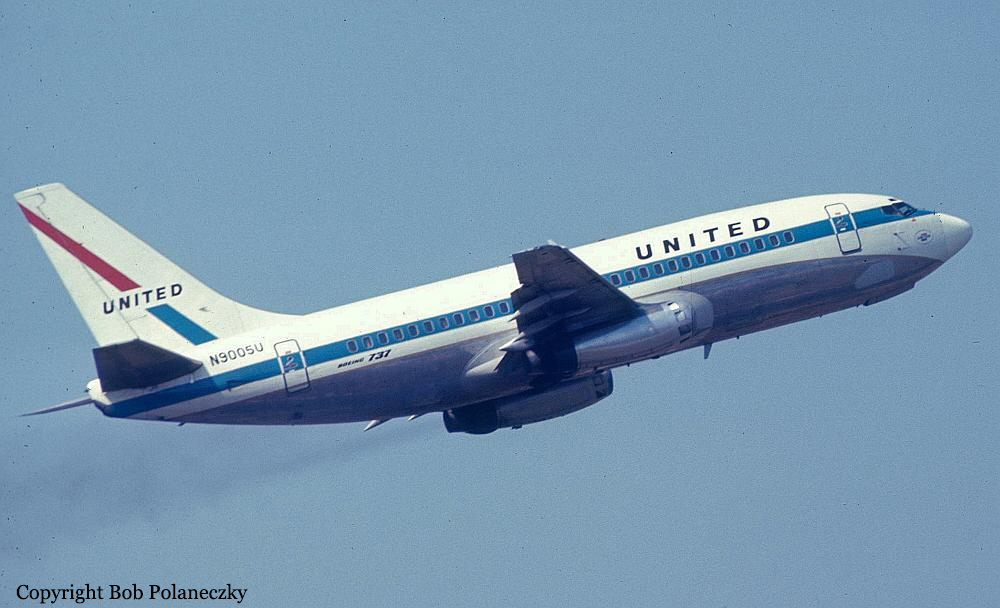Crash of a Piper PA-31-350 Navajo Chieftain in Philadelphia: 3 killed
Date & Time:
Jul 25, 1980 at 0713 LT
Registration:
N5MS
Survivors:
No
Schedule:
Reading - Philadelphia
MSN:
31-7405138
YOM:
1974
Flight number:
501
Crew on board:
2
Crew fatalities:
Pax on board:
1
Pax fatalities:
Other fatalities:
Total fatalities:
3
Captain / Total hours on type:
117.00
Circumstances:
The aircraft crashed while making a visual approach to runway 27R at Philadelphia International Airport. The aircraft, a scheduled commuter flight from Reading, Pennsylvania, arrived in the Philadelphia Approach Control area as a VFR 'pop up' flight and was sequenced to land behind United flight 555, a Boeing 727 IFR arrival, on runway 27R. Witnesses stated that, when flight 501 was about 1/2 mile on final approach, it rolled from side to side, pitched up, rolled inverted to the left, and flew into the ground nose first. All three persons aboard the aircraft were killed and the aircraft was destroyed.
Probable cause:
The probable cause of the accident was the loss of aircraft control due to an encounter with wake turbulence from the preceding aircraft at an altitude too low for recovery and the pilot's failure to follow established separation and flight path selection procedures for wake turbulence avoidance.
Final Report:




